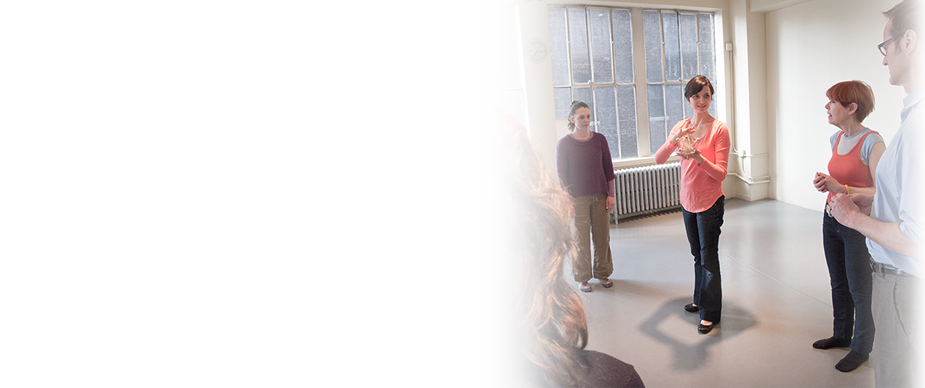What does "take up your space" really mean?...and how do you do it?
/"TAKE UP YOUR SPACE!" What does that mean?
Recently I've been writing about words and phrases that we often hear relating to confidence, how we come across, and how we hold our bodies.
If you missed my last one, click here to read my take on the often uttered phrase, "Fake it til you make it".
Today's phrase of the week is, "Take up your space." This is one I'm very fond of and use a lot when I'm teaching, but often I see it is misused when applied without guidance.
Have you ever heard this phrase or tried to "take up your space"? What did you do to try and make that happen?
The funny thing is that see a lot of folks taking up less space when they are trying to take up more. It's very similar to the knee-jerk response that people often have to being told to "Stand up straight!"
Here's an example. Jane is told that she should take up more space so that she "commands the room" (another catch phrase) when she speaks, so she lifts her chin and her chest and pulls her shoulders back. Try this in front of a mirror, look from the side and see if you can observe the following: When assume this position, you are pulling your head back and down and you're tipping your back back and down. Jane in our example is actually making herself shorter and pulling away from "the room".
In this example, let's say "the room" could be an audience of 1,000 or one person. This may seem like a small movement, but our posture, breathing, and body position effect how we come across and how people feel around us
What else?
By holding this posture, she's throwing her weight back, which disconnects the font part of her feet from the ground. Less connection to the ground makes her feel unstable and like she has to tense things like the neck, shoulders, and back to hold herself up. The stiffness she's creating in her body also makes her short of breath.
So, why is lifting the chest and the chin and pulling the shoulders back the common go-to for fixing posture, taking up space, and commanding a room?
The short answer is that we tend to be very aware of the fronts of our bodies, so we do something with the front, unaware of how we're actually moving in three dimensions. Slouching is feared and very visibly happens in the front, so people want to pull in the opposite direction. It's a quick fix that doesn't work and might have the exact opposite effect of it's intended purpose. They end up "hiding" the slouch in the back and affecting their ability to be really present...because they are literally moving away from the person or people they are engaging with.
Truly taking up your space means taking up your space in all directions...top, bottom, front, back, sides. It means being grounded, relaxed, and able to breath freely.
Here a few tips for how to start taking up your space:
1. Locate the top of your head. A tap with your finger will remind you that the top of your body isn't where your eyes are.
2. Imagine arrows on the sides of your shoulder pointing out to the sides. Just imagine them. Don't pull them or over-focus on your shoulders. Just bring up the image of taking up space out to the sides. Avoid pulling the shoulders backwards or forwards.
3. Sense your feet on the floor. A simple background awareness of your feet on the floor can help you to feel more grounded and stable and in command of the room.
4. Make sure you're breathing while you do this!
Want to learn more about how to take up your space and command a "room" or conversation? Check out my workshop called Posture Under Pressure: Command Your Presence with Effective Communication.

